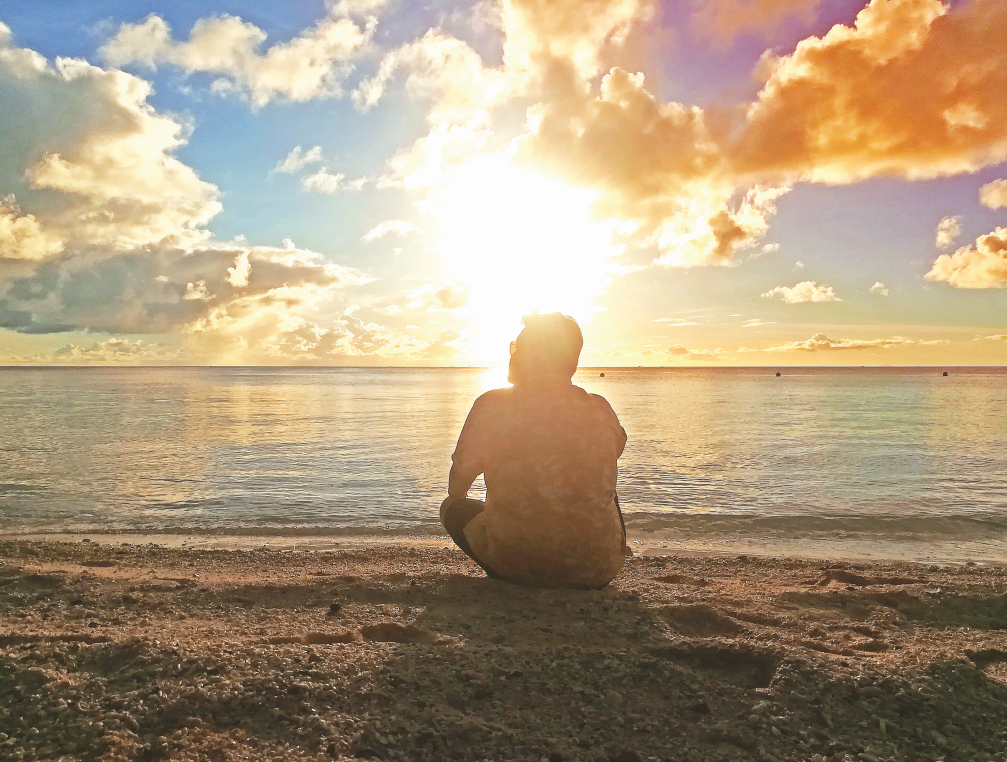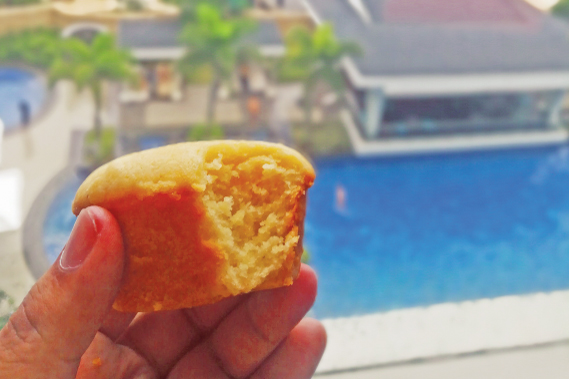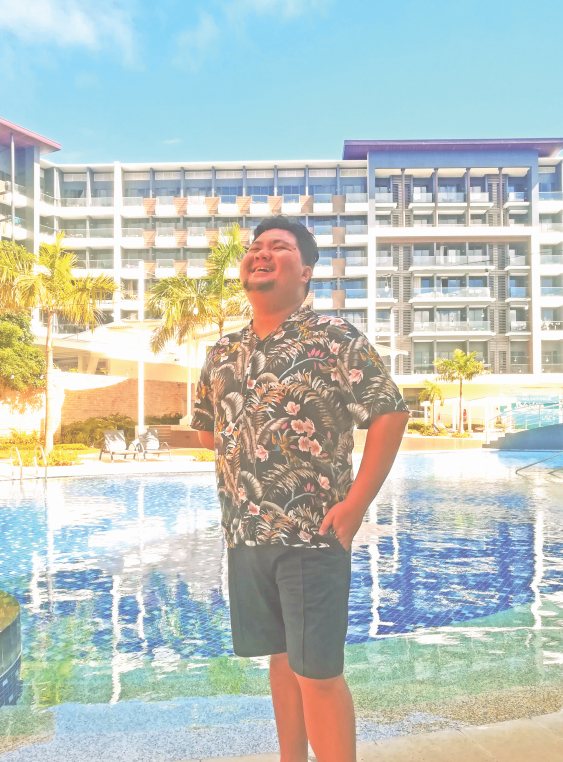BORACAY’S myth reads thus: Borac and Acay were married under the shade of a bugnay tree on a cliff facing the sea, despite the disapproval of their warring families – tribes fighting for territory on the island. Borac would later die in battle, leaving Acay to mourn her lover by the beach, her tears bleaching the sand white before being swept away by the crystal blue tide.

Depending on who you ask, the island’s name may either originate from the old Aeta word borac, meaning cotton (alluding to the destination’s fine white sand coasts), or comes from the Akeanon bura and bukay, connoting bubbles and white hairs, respectively.
However, these legends and much of indigenous Boracay has been pushed to the brink of being forgotten – buried under the touristy veneer of tribal henna tattoos, kitschy puka shell jewelry, and miles of road widening work and half-demolished seaside establishments.

The island exists as a contradiction in itself: At once a scenic getaway, an idyllic paradise that boasts a 4-kilometer stretch of silky white sand and the most stunning sunset views in the country; on the flipside, also a highly-congested landmass of over 50,000 locals – its beachfront a two-minute walk through narrow and chaotic alleys of souvenir shops, fast food chains, and hostels, that lead to a main road plied by rickety tricycles and hounded by traffic.

This, of course, is not to discount the innate beauty of Boracay. There remains no greater joy than taking an early morning dip at White Sand Beach, before heading to Real Coffee and Tea Café in Station 1 for some pick-me-up java paired with their famed calamansi muffins – sweet and satisfying with that familiar citrus tang. Or tracing the island’s coastline with a long leisurely stroll from Diniwid Beach with its strong waves, past a cliffside and some rock formations, to Station 1 and D’Mall. Or simply laying down a towel on the sand to wait for the sunset to paint the island’s sky vivid colors of purple and red, before heading to a hearty dinner of fresh seafood.

It’s easy to idealize the popular tourist destination’s many merits – its postcard vistas, high-end luxury resorts, serene scenes of island life – but nine months or so after the government’s mandatory closure of the island, to “save Boracay,” it remains to be seen if the supposed “cesspool” has been restored to its former glory. (To be continued/PN)








